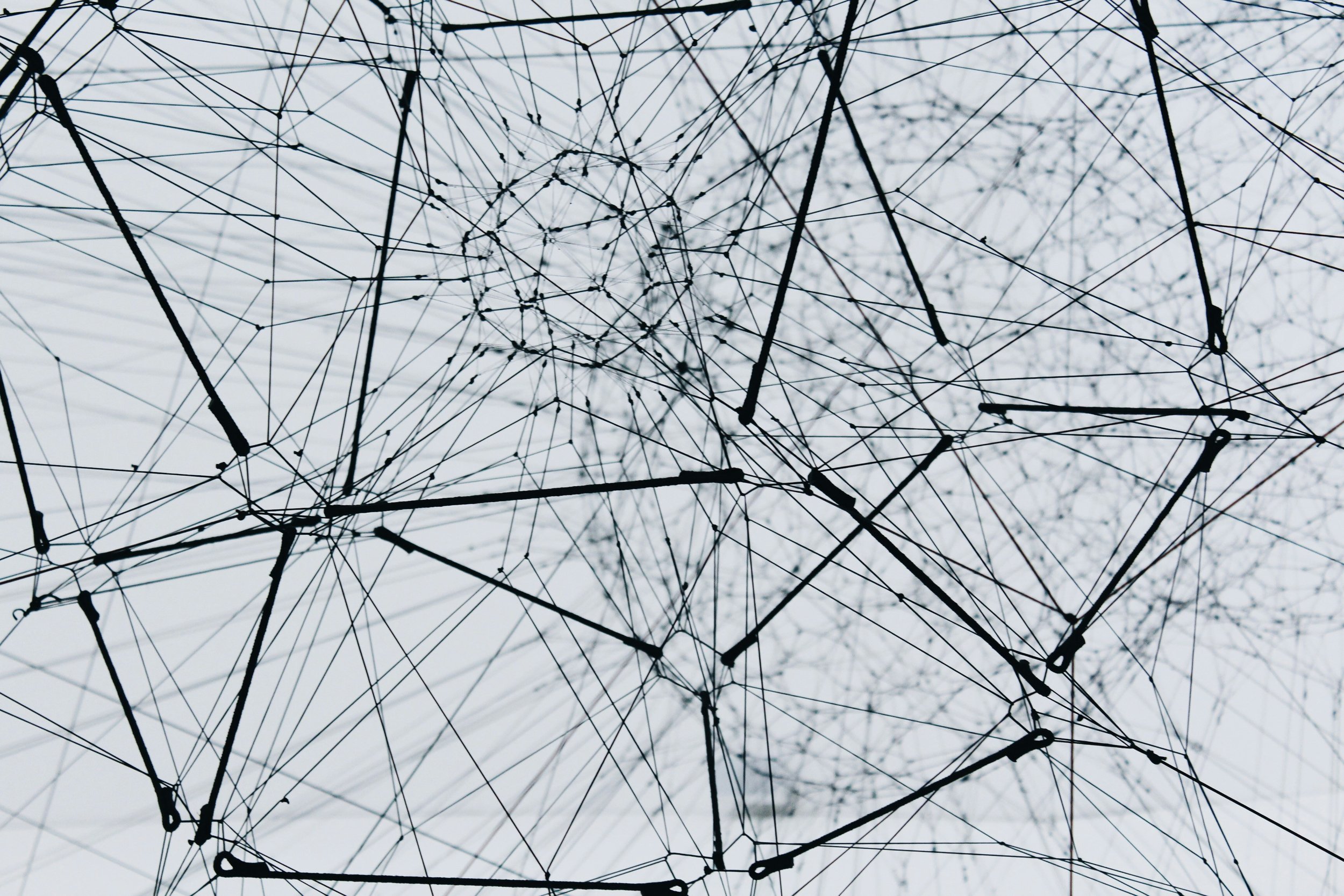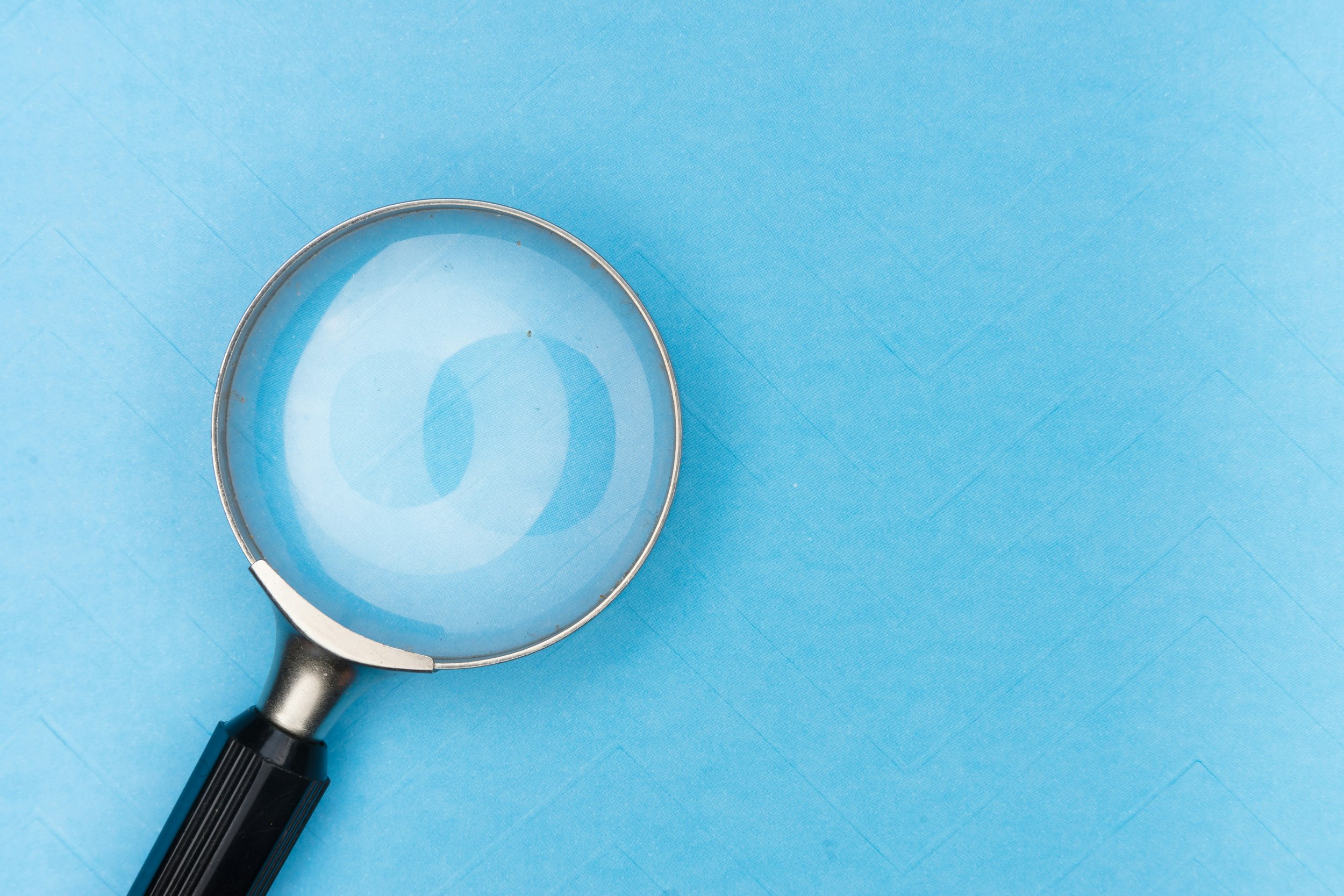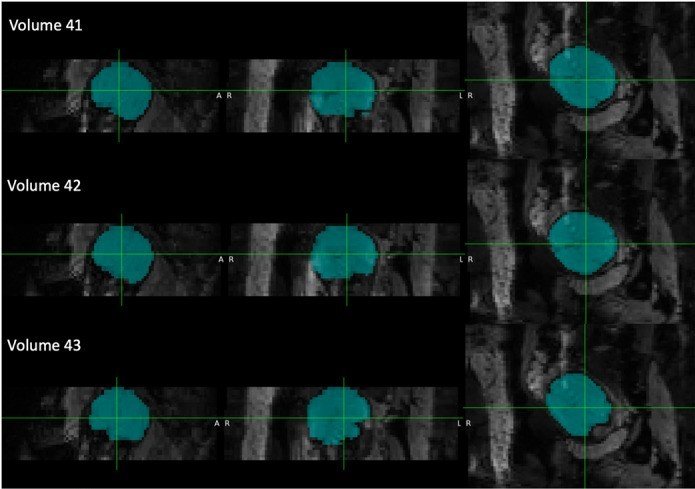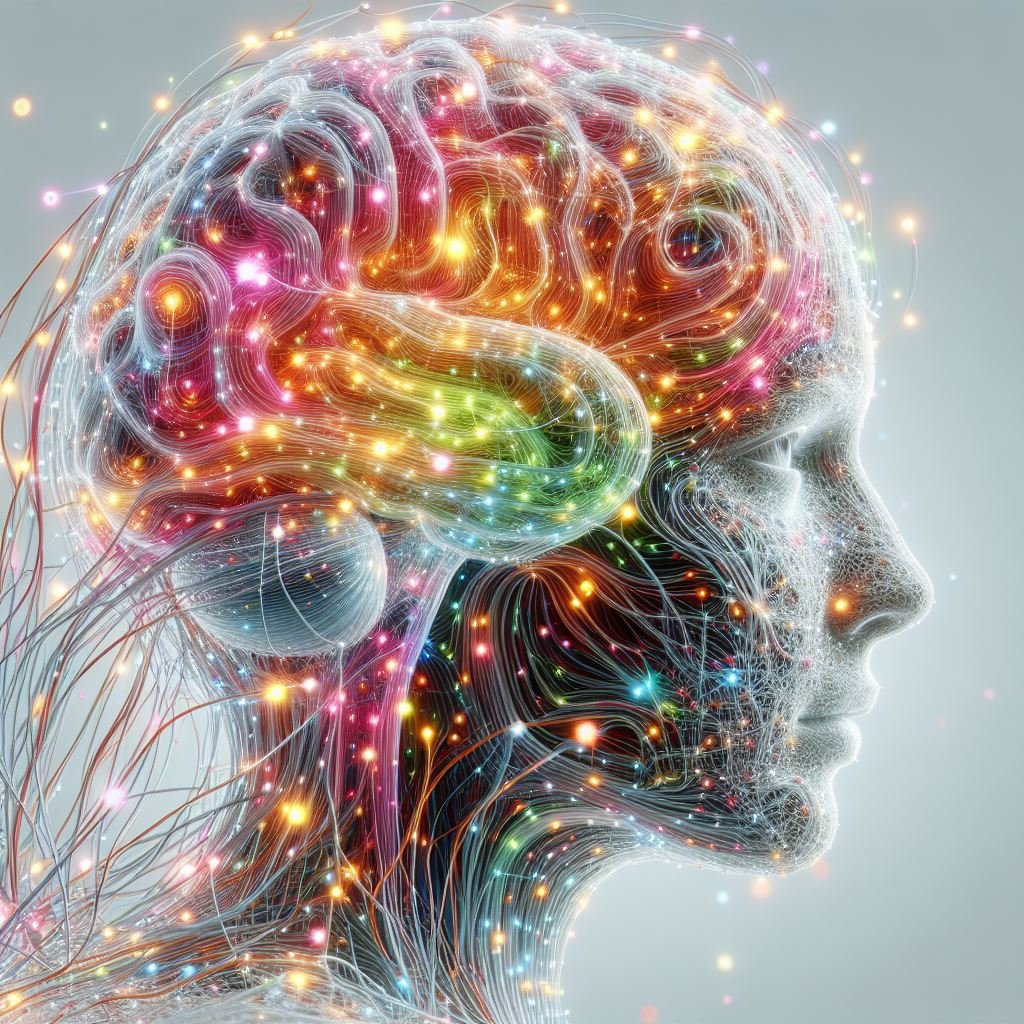
Network Neuroscience: A hands-on guide
The brain is a densely connected system made up of many different regions that coordinate to produce our thoughts and behavior. Neuroscientists face a challenging goal when trying to make sense of the many structures, and functions of the brain. Modern analytical techniques emphasizing connections between brain areas are changing how neuroscientists study the brain.

Taking a closer look at how the cerebellum is linked to autism
According to the NHS, autism spectrum disorder is a neurological and developmental disorder that affects how people interact with others, communicate, behave, and learn. The cerebellum, a dense structure of neurons at the back of the brain, is typically associated with behaviors involving movement such as balance, gait, and fine motor movements. But it also plays a role in attention, emotional regulation, and social cognition. Because of this, it’s thought to play a key role in autism.

Zooming in on Alzheimer’s: Ex vivo mapping of the dentate gyrus using 16.4T MRI
Advanced techniques in neuroimaging technology are pushing the boundaries of how neuroscientists study Alzheimer’s disease. While there’s no lack of research related to Alzheimer’s disease, we’re still a long way from understanding exactly what exactly the disease does to the brain. Modern MRI methods have allowed doctors and researchers to study smaller and smaller parts of the brain.

What can 12 minutes of fMRI tell you about your fetus’s brain?
That fetuses move inside the womb is nothing new, but how these early movement patterns could predict neonatal health is only beginning to be understood.

Making Connections: Molecular and connectomic contributions to disease and disorder in the human brain
It's easy to picture the brain as a tangle of wires, criss-crossing and carrying information in all directions. But there's order in the chaos of our brains, with each of these connections serving a purpose by facilitating communication between the many cooperating brain areas necessary for complex behaviors. And in such a densely connected network, few things happen in isolation.

What language does your dog speak?: How dog brains process language
If you have a pet, chances are you talk to them, though you may not expect them to actually understand you. But have you ever stopped to think about just how much your furry friends might be listening?

Why do we sleep?
Try to explain to an alien why we sleep. Give it your best shot. “Well, we get tired. And our brain needs to rest.”
“I see. So, you find another way to defend yourself during rest?” “Well … no. Our body is paralyzed, and we lose consciousness.” There is an awkward pause. The alien tilts its head, feigning understanding. “But! We sometimes dream!” “Dream?”
Blindly, unaware of how ridiculous you sound, you continue with unprecedented speed and cadence: “Yes! Dreams are fantastical stories projected from the mind into the mind, sometimes mixed with things that have already happened!”

Closing the loop for brain imaging in depression: What have we learned and where are we heading?
Closing the loop for brain imaging in depression

Keeping up with brain mapping
It is so hard to keep up with the amount of information that’s coming your way in today’s digital world. To keep up with the explosion of scientific information that is presently out there, one of the geeky things scientists like to do is gather together for scientific conferences. Such conferences provide a good way to get exposed to the hottest current trends and ideas in the field and give you a window into the future of scientific progress. Just as birds migrate south for the winter, brain mappers gather each summer for the Organization for Human Brain Mapping (OHBM).

Defaulting to the default mode of your brain during meditation
Have you ever wondered what your brain does when you are seemingly doing nothing? Obviously, you can decide what you will think of, but you cannot decide to “shut down” the activity of your brain.

International family, maple leaves, and glass brains
When I was little, I used to catch leaves with my dad in autumn as I waited for the school bus in the Pine Barrens (a part of southern New Jersey that takes credit for the origin of the Jersey Devil). I was thinking about those moments as I read a recent interview with Karl Friston (KF).

Scientist tested, kid approved: Peer review from a child's point of view
It’s often hard to find easy-to-read articles about cool scientific findings that are written in a clear way - let alone articles that are understandable enough to use as bedtime reading with your child. But, here’s a little secret: there are articles out there that are actually written by scientists and approved by children before they are published.

Mapping traumatic brain injuries
There’s been an increasing amount of media attention to the topic of Traumatic Brain Injury (TBI) -bolstered in part by conversations surrounding the 2015 Hollywood blockbuster Concussion. The movie Concussion describes a particular phenomenon, Chronic Traumatic Encephalopathy or CTE, which occurs in the brain after repeated high impact blows to the head. The diagnosis of CTE requires examining brain tissue under a microscope after death, so it can’t be diagnosed in living individuals.

New puzzles for brain scientists
No matter how exciting the topic, your mind is bound to wander at some point when you’re sitting in a room for several hours listening to scientific presentations. This is exactly what happened to me during the meeting between the World Health Organization (WHO) and the Organization for Human Brain Mapping (OHBM) in Geneva.

Baseball on the brain
I stare at the brain every day and it was only during the last game of the World Series that I saw an uncanny resemblance between the construction of the baseball field and a map of visual space present in each of our brains.

Improving public health through brain research
At the end of June, I found myself running through the streets of Geneva with two other brain mappers—all three of us sweaty from trying to catch the bus. Even though I live in New Jersey and am used to muggy weather in the summer, I couldn’t help but recognize how humid it was.

Brain mapping: Getting it right
Scientific publications generate a written conversation that evolves over time. Each new publication expands on the conversational foundation established by its predecessors. Despite our positive view that a recent study by Eklund and colleagues makes a valuable contribution to the conversation in our field of brain mapping, many reports have interpreted that findings from this paper cast doubt on all studies conducted with functional magnetic resonance imaging (fMRI) over the last two decades.

Let's take a walk along the cortical ribbon
When you hear the word ribbon, you might think of wrapping presents or maybe a yellow, red, or blue satin award you won when you were seven (or even yesterday). You probably don’t think that an integral part of what contributes to your thoughts and perceptions is a strip of neural tissue known as the cortical ribbon.

From cannoli in South Philly to brain mapping in Geneva
When you hear the word ribbon, you might think of wrapping presents or maybe a yellow, red, or blue satin award you won when you were seven (or even yesterday). You probably don’t think that an integral part of what contributes to your thoughts and perceptions is a strip of neural tissue known as the cortical ribbon.

Machine learning helps determine which infants will gain the most from cochlear implantation
Machine learning helps determine which infants will gain the most from cochlear implantation